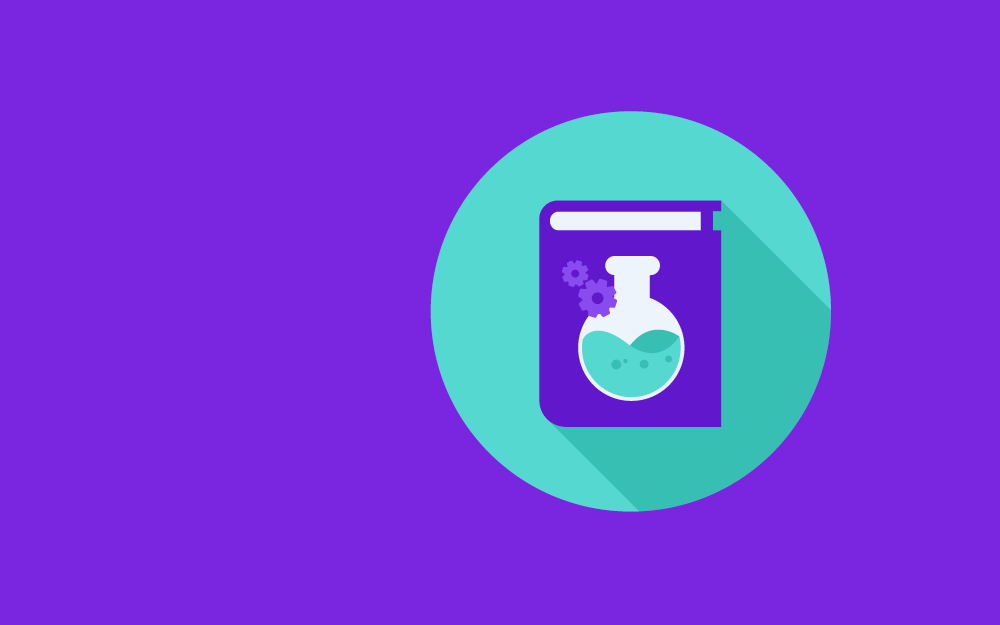

Information technology (IT) has revolutionized all facets of human life, including health care delivery. In the laboratory setting, in particular, the integration of IT in the laboratory, through the application of laboratory information systems (LIS) and laboratory information management systems (LIMS), has enhanced a range of services, including the ordering of laboratory tests, advanced instrument workstation services, reporting of laboratory data, dynamic test scheduling, and advanced facilities management.
In addition, general IT services have provided a venue for laboratory staff to learn and interact with peers, ease communication between different departments, and educate patients/clients.
These systems ensure that patient records and data are properly stored such as to enable features such as a patient/client history tracker, where a returning patient’s history can aid the laboratory in deducing what type of test a visitor would request, as well as statistical reports generation, where useful information is inferred based on the test result.
Historically, LIS was used to record, manage, and store data for clinical settings while LIMS was preferred for large manufacturing and research labs.
An effective LIS solution can greatly improve the quality of clinical delivery through the elimination of challenges associated with manual record-keeping, for instance;
The design of the LIS should be a collaborative effort between the designers, the lab management, and the lab staff intended to use the system. The system designers should identify the end-users’ short- and long-term needs, and ensure that the system can match these needs.
It is important that the designers obtain constant feedback from the staff after the implementation so as to match the user requirements to the system’s capabilities. The following are the main phases of LIS design;
This phase is useful for getting a sense of the laboratory environment, the basic needs to be fulfilled by the system analysis, and the extent to which the existing paper-based methods are augmented by information technology.
In this phase, several iterations of user evaluation are collected. The evaluations typically contain 4-6 tasks for the technicians to perform on the system. This helps to improve and simplify the user interface along with obtaining a list of further features to be added to the LIS.
This phase starts by identifying pilot laboratories or departments and performing focused user evaluations and system refinement for them. Factors such as facility size, number of personnel, and site location are taken into an account to ensure that the LIS is tested in a wide variety of laboratory environments.
This would help in gauging the degree of customizability and system stability in response to the variable workload and workflows.
This phase is subdivided into smaller stages that consist of the following steps;
A good LIS software is simple in its interface design and should meet the requirements and needs of the end-users. The lab management should ensure the design has the following;
The incorporation of IT in laboratory management systems improves the efficiency and effectiveness of clinical laboratory services by integrating decision support systems with laboratory information systems and equipment.
A properly developed Medical Laboratory information system will greatly increase productivity, reduce costs, increase profits, and enhance the quality of services delivered by the facility while greatly reducing the number of man-hours put into the delivery of laboratory services.
The use of a LIS in the running of a medical laboratory facility greatly improves the documentation process; makes patient records retrieval a lot easier and faster, and records are not lost and are kept safe via regular backup.
In addition, the use of LIS can aid in the generation of inferences generated from its statistical analyses. Laboratories using technological solutions are able to meet patient/client demands for faster, quality services.
